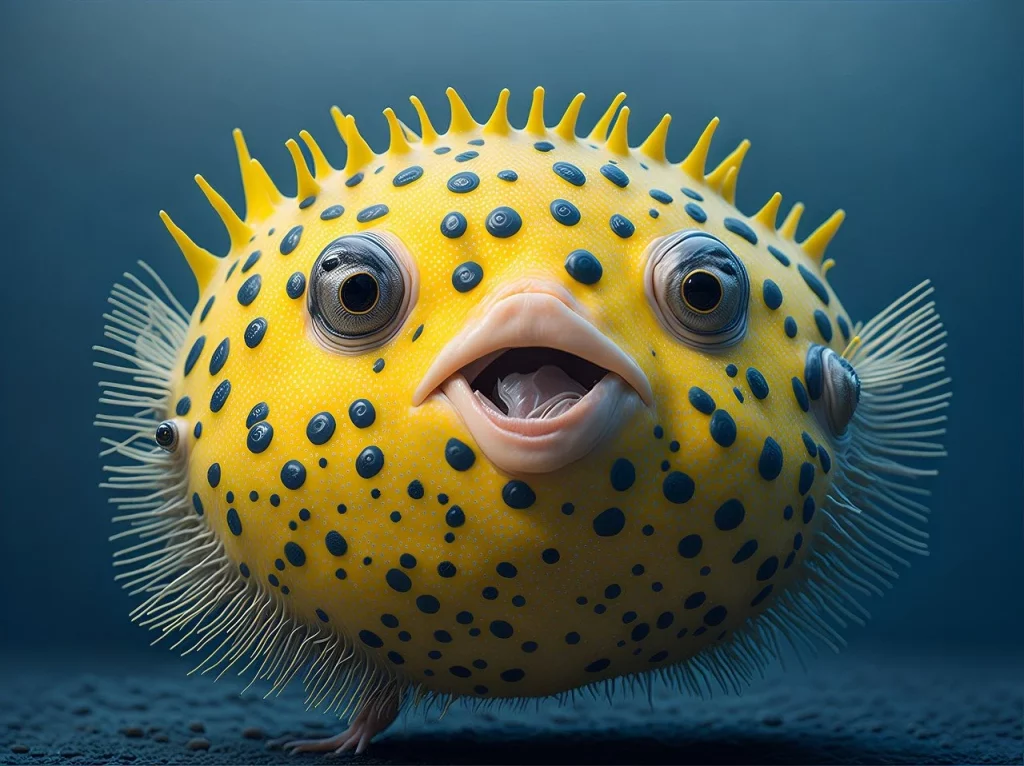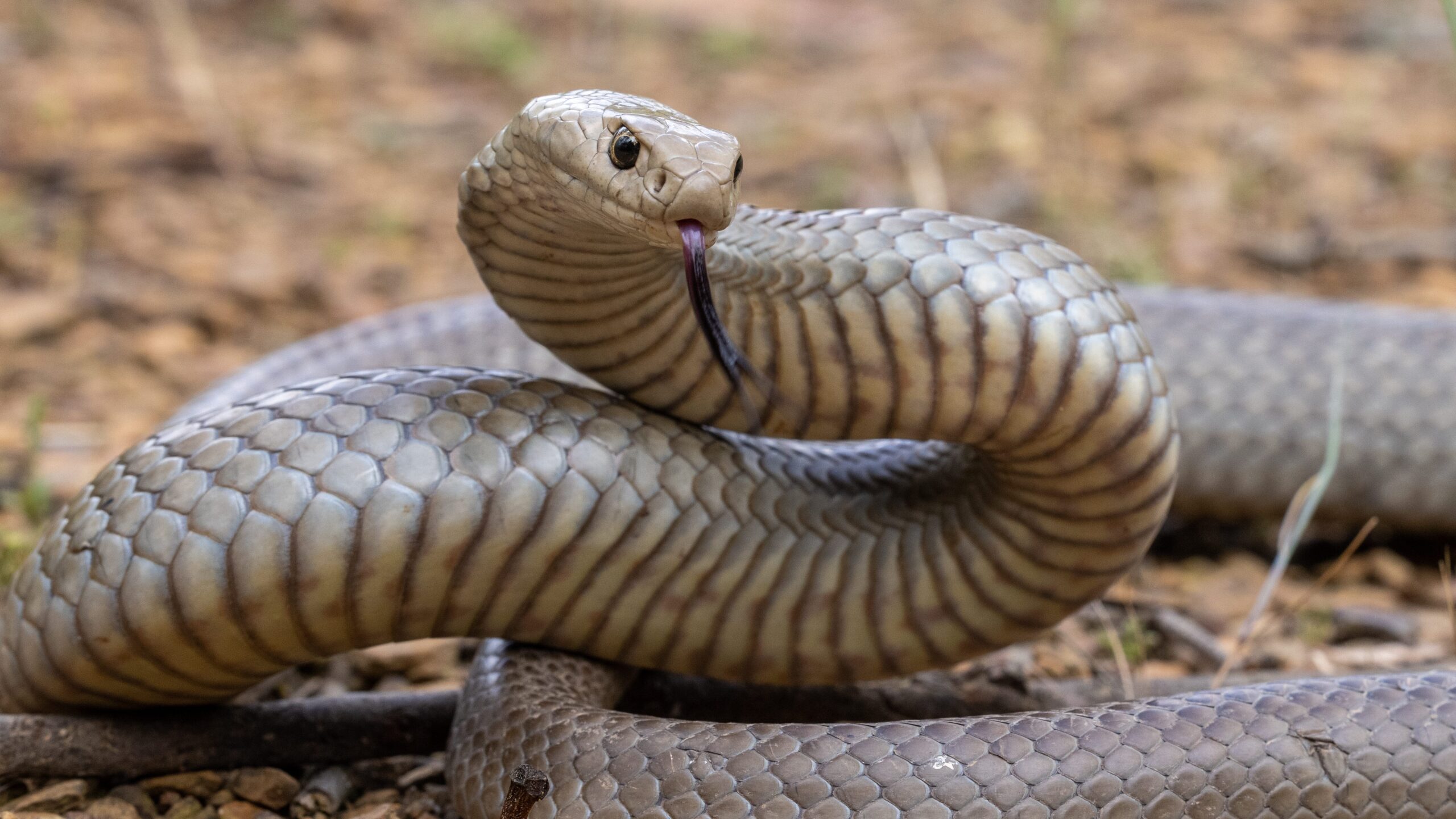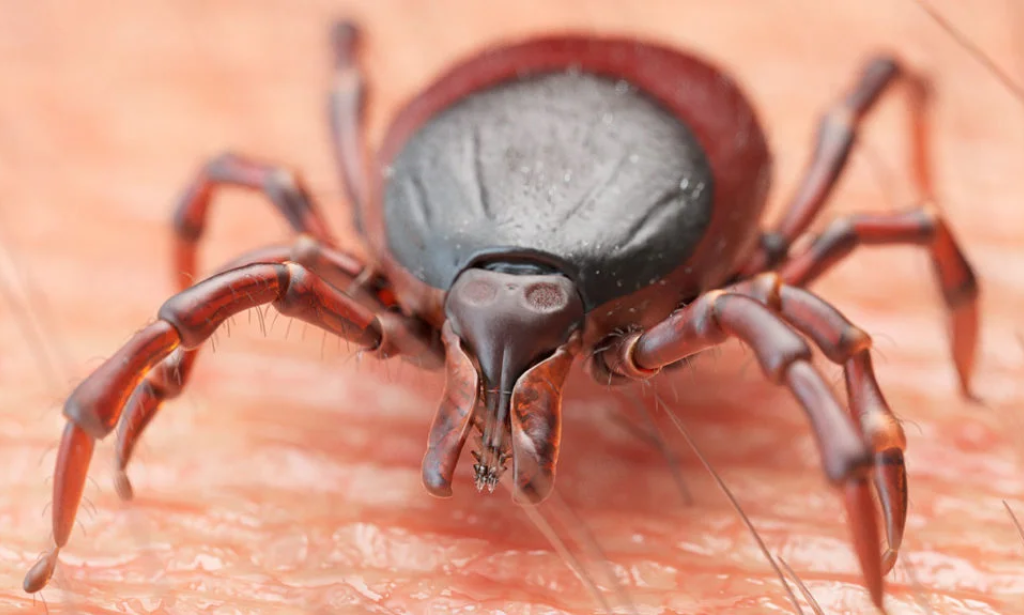The World's Most Dangerous Animals Unveiled
### Introduction:
 Most dangerous animals around the world, from tiny but lethal ticks to iconic predators like tigers and lions. Get ready for shocking revelations and captivating tales of survival!
Most dangerous animals around the world, from tiny but lethal ticks to iconic predators like tigers and lions. Get ready for shocking revelations and captivating tales of survival!
Tiny Yet Deadly: Ticks

Ticks may be small, but they pose a significant danger to humans by transmitting diseases such as Lyme disease, typhus, and Rocky Mountain Spotted Fever. In Australia, ticks can even cause temporary paralysis and are notoriously difficult to spot, making them a hidden threat in the wilderness.
Assassin Bug, Indian Red Scorpion, and Inland Taipan: Silent Killers
The assassin bug, also known as Copus spinus, spreads the dreaded shagas disease, leading to potential nerve damage or heart disease if left untreated. Meanwhile, the Indian Red Scorpion is the most lethal of scorpions, inducing severe symptoms like vomiting, shock, and breathlessness, necessitating immediate medical attention. The inland taipan snake, with its deadly venom, also commands respect as one of the most dangerous creatures in the world.

Blue-Ringed Octopus and Neurotoxin Havoc
The blue-ringed octopus harbors a potent neurotoxin, similar in demeanor to the inland taipan, preferring not to seek attention. However, its neurotoxin can cause paralysis, respiratory failure, and even death, marking it as a truly dangerous marine creature.
Komodo Dragons and Deadly Toxins

The Komodo dragon, with its scavenging nature and historical interactions with humans, presents a unique peril in the animal kingdom. Additionally, the golden poison frog and cone snail hold potent toxins capable of causing paralysis and death, further exemplifying the diverse dangers lurking in the natural world.
Captive Killer Whales and Deadly Puffer Fish

Killer whales in captivity have been involved in numerous attacks on humans, sparking debates over their captivity. The infamous case of Tikum, a killer whale responsible for the deaths of three people, including two trainers at SeaWorld, serves as a haunting reminder of their potential danger. On the other hand, the puffer fish's tetrodotoxin, over a thousand times more lethal than cyanide, makes it a highly perilous creature in marine environments.
Murder Hornets, Grizzly Bears, and Fearless Honey Badgers
An invasive species threatening honeybee populations, murder hornets pose a significant ecological threat. Meanwhile, the encroachment of urban areas into grizzly bear territories has escalated the risk of fatal encounters, especially from protective mother bears. Honey badgers, renowned for their fearlessness and relentlessness, are not to be underestimated, with powerful abilities to challenge even larger predators like leopards and lions.
The Apex Predators: Tigers and African Lions

Tigers, iconic apex predators, possess legendary strength and hunting prowess, with certain individuals developing a reputation for preying on humans. African lions, although not actively seeking humans, pose a risk due to their speed and razor-sharp teeth when they perceive humans as food.
Sloth Bears, Saltwater Crocodiles, and Deadly Mosquitoes
Encounters with sloth bears and saltwater crocodiles can prove hazardous due to their defensive nature and powerful bite force, respectively. Moreover, the staggering numbers of mosquito-borne disease cases and fatalities underscore their status as the most dangerous animals, causing more human deaths than crocodiles, lions, and sharks combined.

The world is home to a diverse array of dangerous animals, from minuscule yet deadly ticks to powerful apex predators like tigers and lions. Understanding the inherent risks and learning to coexist with these creatures is crucial for ensuring human safety and preserving the balance of the natural world.


You must be logged in to post a comment.